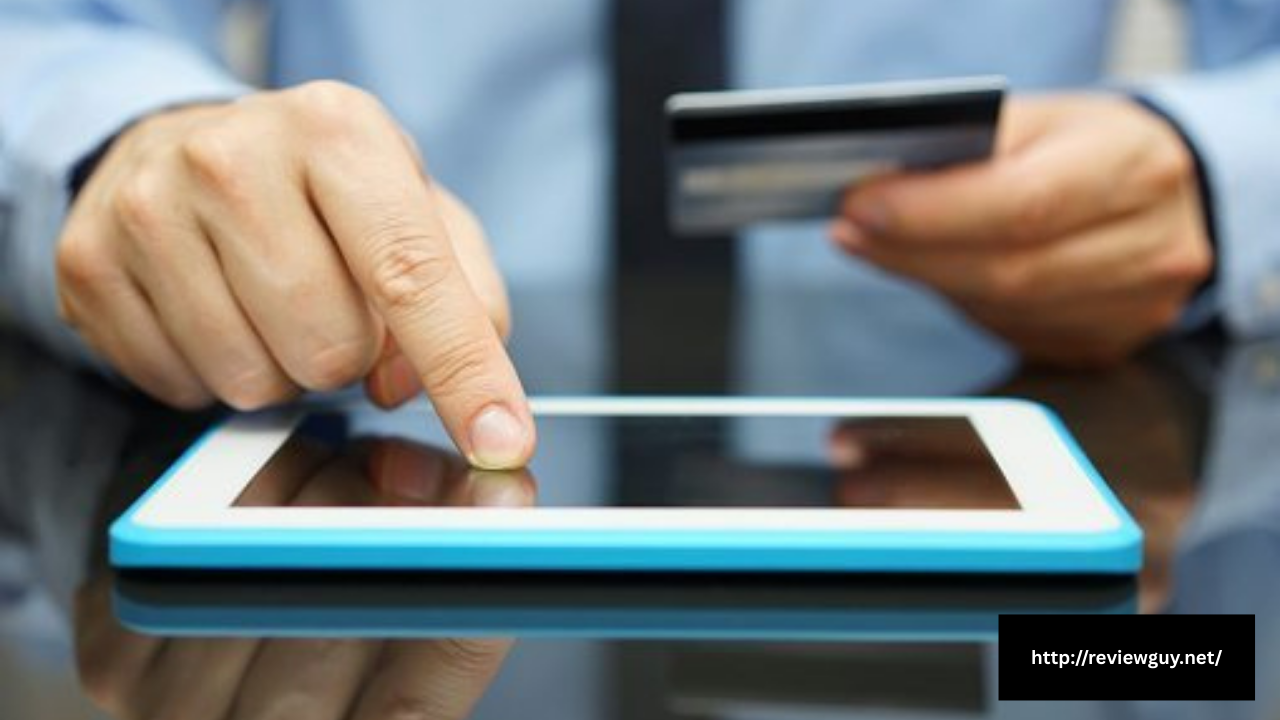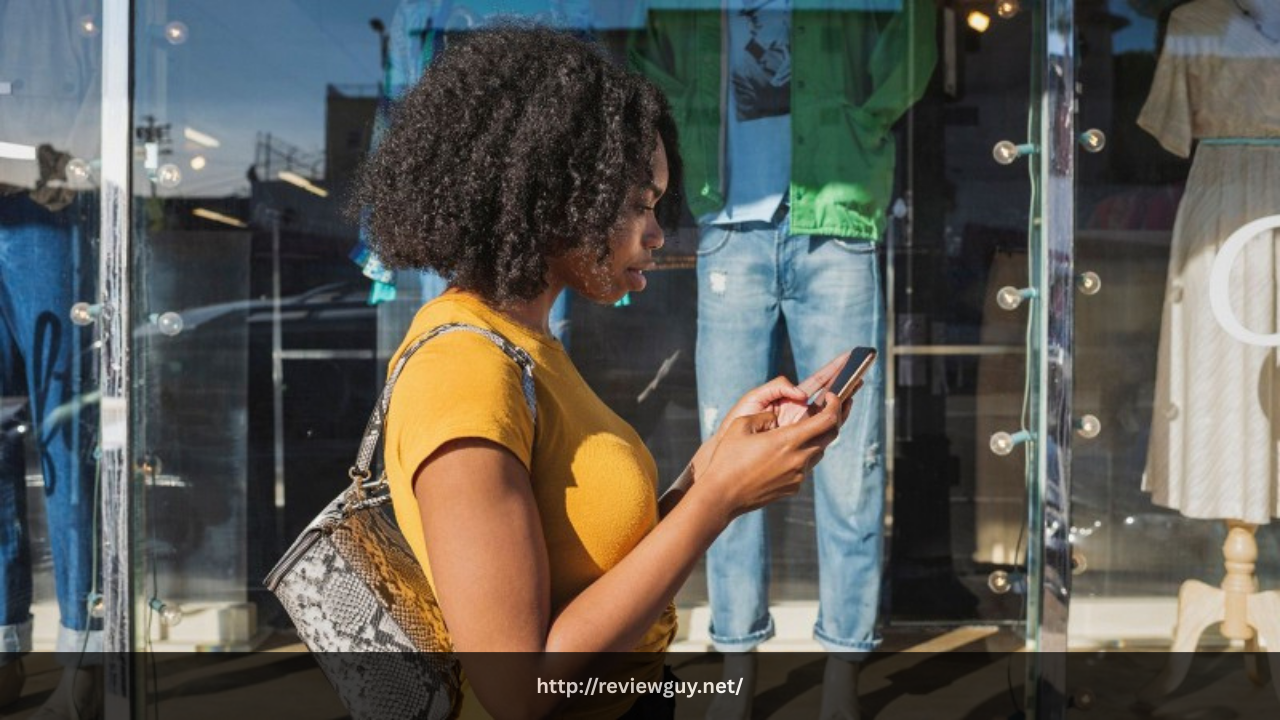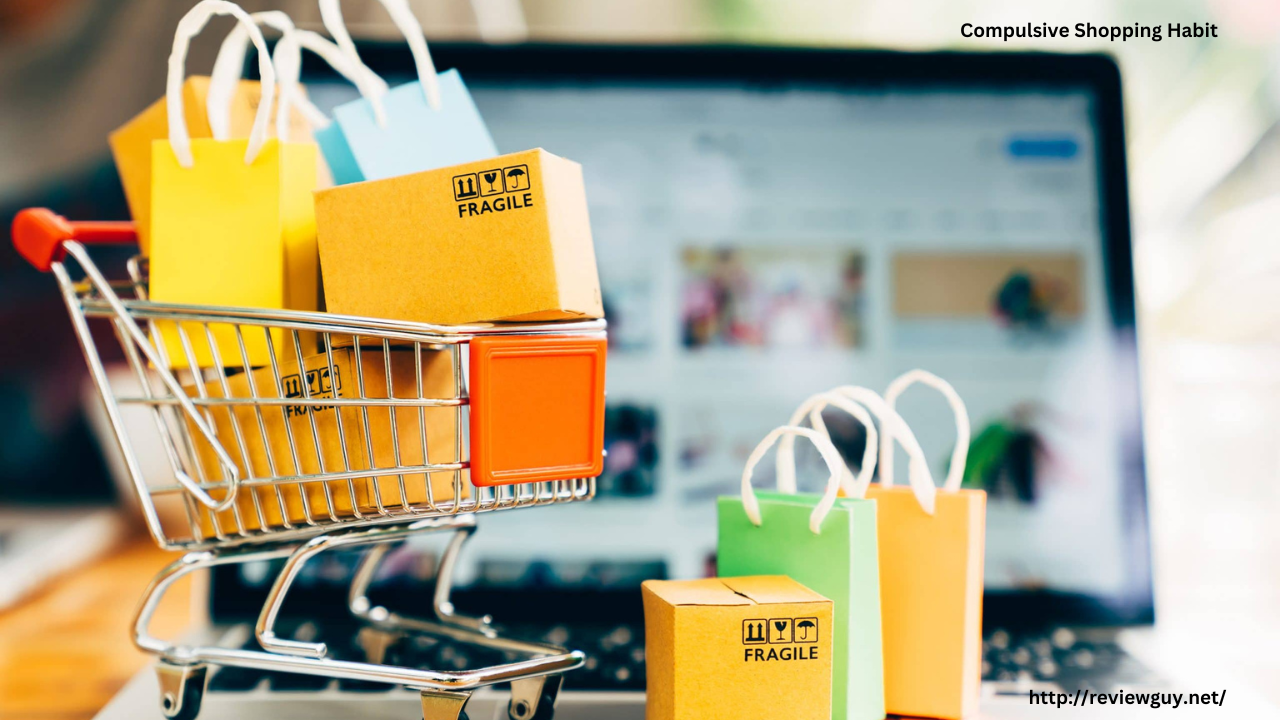
In an age where everything from groceries to luxury goods is just a few clicks away, overspending online has become a common challenge. While it’s easy to blame a lack of discipline or willpower, the truth is, our brains are hardwired in ways that make digital overspending difficult to resist. By understanding the psychology behind online purchases, we can begin to take back control and develop smarter, healthier spending habits.
Why We Overspend Online: The Psychological Triggers
1. Instant Gratification
Online shopping gives us an immediate emotional reward. Whether it’s the excitement of browsing or the thrill of hitting “Buy Now,” each purchase delivers a dopamine rush—our brain’s feel-good chemical. This quick burst of pleasure reinforces the behavior, encouraging us to repeat it even when we don’t need the item.
2. Convenience and Accessibility
With online shopping available 24/7, there are no barriers to spending. No need to leave the house, wait in lines, or carry cash. That convenience makes it easy to buy on impulse, especially during moments of boredom, stress, or emotional vulnerability.
3. Strategic Marketing and Personalization
Retailers use data to craft highly targeted ads and suggestions tailored to your preferences. Email deals, “limited time only” banners, and abandoned cart reminders all create a sense of urgency. These tactics make it hard to walk away without making a purchase.
4. Detachment from Money
When you use credit cards or digital wallets, you don’t physically hand over cash, which can create psychological distance from the reality of spending. This abstraction makes it easier to lose track of how much you’re spending.
5. Emotional Spending
Many people turn to online shopping as a form of emotional relief. Whether you’re stressed, sad, or even celebrating, buying something can feel like a quick fix. Unfortunately, that comfort is often short-lived, leading to guilt, clutter, and financial strain.
How to Stop Overspending Online
1. Increase Awareness
Start tracking your online purchases. Use budgeting apps or a simple spreadsheet to log what you buy and why. Seeing patterns in your spending habits can help you recognize emotional or impulsive triggers.
2. Create a Waiting Period
Before buying anything non-essential, implement a 24-hour (or longer) pause. Give yourself time to decide if the purchase is necessary or simply driven by impulse. Often, the urge fades with time.
3. Remove Temptations
Unsubscribe from promotional emails, unfollow shopping accounts on social media, and delete shopping apps from your phone. Reducing exposure to constant marketing helps prevent impulsive decisions.
4. Set Spending Limits
Establish a monthly budget for discretionary spending. Consider using prepaid cards or a separate bank account for shopping so you don’t dip into funds meant for essentials.
5. Practice Mindful Shopping
Before making a purchase, ask yourself: “Do I need this? Will I use it? Can I afford it?” Intentional reflection turns a reactive habit into a conscious decision.
Final Thoughts
Overspending online isn’t just a money issue—it’s a psychological one. By understanding how online retailers tap into our emotions and behavior, we can begin to outsmart the system and make purchases that truly align with our needs and values. Mindfulness, boundaries, and self-awareness are key to regaining control and spending with purpose in the digital age.








